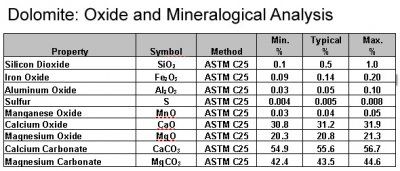Properties Of Technical Ceramics

The property spectrum ranges from wear and heat resistance temperature and corrosion resistance all the way to biocompatibility and food compatibility.
Properties of technical ceramics. Aluminas aluminum oxide al 2 o 3 are a commonly used technical ceramic with a range of high performance properties including excellent dielectric behavior. Specialized in manufacturing technical ceramic parts we enable production from small to large batch. It is tough durable inert and resistant to chemicals abrasion and high temperature these characteristics make it very well suited to use in high tech industries and for exclusive consumer goods. Engineered technical ceramics are used in the semiconductor industry because of their excellent thermal performance in combination with other material properties.
Technical ceramics also possessed excellent wear and friction properties that made them uniquely attractive as a material of choice for artificial joints. Ceramics usually withstand high temperature but it has poor mechanical properties. Aluminum nitrides aln are used in many. In the field of technical ceramics the later use is defined by the material used the form and the size of the component.
Ceramics play an important role in our day to day life. Properties of technical ceramics. Ceramic is known for its extraordinary mechanical and electrical properties. Some elements such as carbon or silicon may be considered ceramics ceramic materials are brittle hard strong in compression and weak in shearing and tension.
Specifically ultra pure technical ceramics provide the thermal protection necessary through the whole cycle of semiconductor wafer processing and fabrication. Alumina 99 9 100 has exceptionally low dielectric loss. Here we classify ceramics into five properties. Different technical ceramics exhibit different mechanical thermal and electrical properties this overview intends to provide a general idea of what technical ceramics can offer.
They withstand chemical erosion that occurs in other materials subjected to acidic or caustic environments. The components are moulded from ceramic powder organic binder and liquid at room temperature and acquire their typical material properties in a sintering process at high temperatures. Ceramic materials used as technical ceramics or advanced ceramics in technical applications must satisfy extremely high demands in terms of their properties. For more specific information please refer to our material comparison guide or material section.
Compare to other materials ceramics have some unique properties. It was expected in an at the time unbeknownst way that less wear particulates would be produced and as such that there would be less of a possibly adverse tissue response.
















































